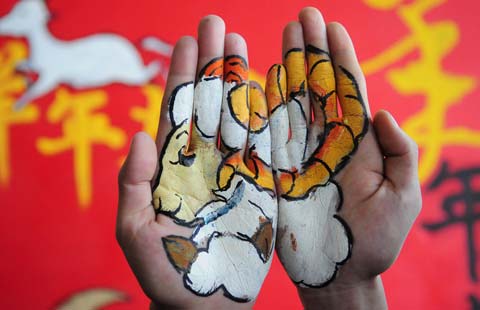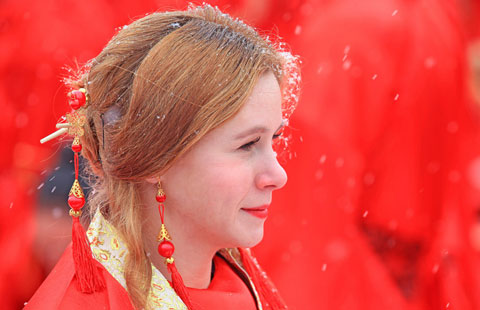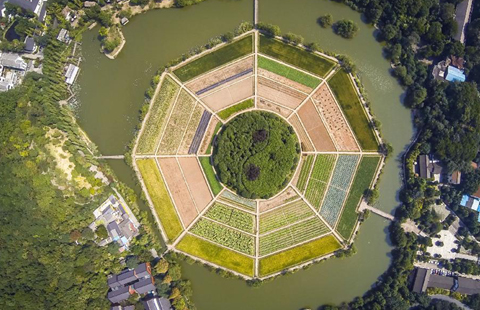Exhibit provides potent reminder of friendship forged in war
Updated: 2015-07-14 11:21
By Chang Jun(China Daily USA)
|
||||||||
Chinese people are big believers in ancient wisdom. One favorite old adage - "Past experience, if not forgotten, is a guide for the future" - might explain why Asian-American communities are racing against time to preserve relics from a very special piece of history. Namely, the teamwork between China and the US during World War II and the friendship between the two nations that fought side-by-side until Japan's defeat in 1945.
The task of preserving the historical evidence of WWII is especially important as the Japanese government and politicians try to revise Japan's record of wartime aggression and atrocities against their Asian neighbors 70 years ago.
"This year marks the 70th anniversary of the end of World War II. We need to teach our younger generations to understand that history and cherish today's peace," said Bi Gang, deputy consul-general from the Chinese Consulate General in San Francisco, while attending an exhibition entitled "Welcome Home, Flying Tigers" on July 11 in Fremont, California.
The exhibition had significant meaning, said Bi. "We [China and the US] need to remember our history together, how we fought together like brothers to win a difficult war."
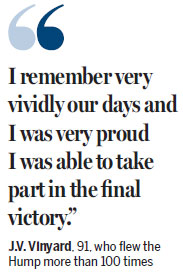
After invading China in 1937, Japan cut off the Chinese army's wartime supply lines in the northeast and southeast. The last transit line along the Burma Road, although severely bombed by the Japanese, was reopened to traffic in August 1938 to transport international donations and supplies.
In order to guarantee the solitary lifeline, US President Franklin D. Roosevelt in 1941 authorized the creation of a clandestine special air unit, consisting of three combat groups equipped with US aircraft and staffed by pilots and technicians recruited from the US military. Known as the American Volunteer Group, they joined their Chinese counterparts in the fight against Japan.
From 1942 to 1945, China and the United States jointly operated missions over the Hump, or the "death route", crossing the eastern Himalayan Mountains to transport military supplies from India to southwestern China. Nearly 1,000 lives and 600 aircraft were lost.
The Flying Tigers air squadron and American military leaders such as General Claire Lee Chennault are among the names from that era familiar to the Chinese people.
In Beijing on July 2014, commemorating the 69th anniversary of the victory against Japanese aggression, Chinese President Xi Jinping said: "We will never forget the American Flying Tigers, who fought shoulder to shoulder with the Chinese military, and opened up, at the risk of their lives, the Hump Route to deliver strategic supplies to China."
Fan Changlong, vice-chairman of China's Central Military Commission, said during a June 12 meeting with Flying Tigers veteran J.V. Vinyard that China would always remember the history and treasure the peace.
"In the difficult times of the war against Japanese aggressors, we received strong support from the United States and its people," Fan said.

"I remember very vividly our days and I was very proud I was able to take part in the final victory," Vinyard, 91, said. "I further appreciate the fact that even today, the Chinese people remember us so well."
Boasting more than 300 artifacts from the Flying Tigers - including military equipment, apparel, family photos, letters, awards and government documents - the 35-day touring exhibition made its debut in Los Angeles on July 4, and will continue to Dallas, Chicago, Washington and New York.
The show will start its China tour from Kunming in Yunnan, to Beijing, Chongqing, Shenzhen, Hong Kong and Taiwan, said Zhang Dan, president of the American Camellia Culture Education and Tours.
Contact the writer at junechang@chinadailyusa.

 Across America over the week (July 10- July 16)
Across America over the week (July 10- July 16)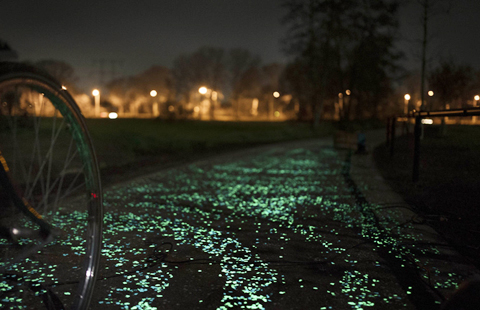
 Unusual but true: inspirational art lights the way
Unusual but true: inspirational art lights the way
 Jury decides Colorado theater shooter guilty
Jury decides Colorado theater shooter guilty
 Top 10 global cities in greenfield FDI
Top 10 global cities in greenfield FDI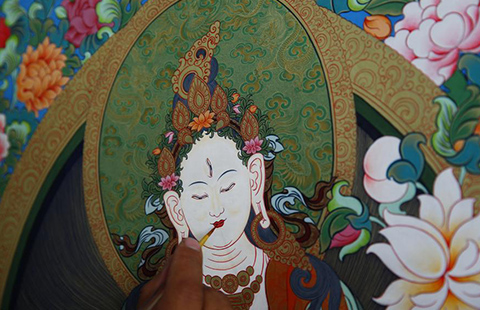
 Thangka art booms in Regong
Thangka art booms in Regong
 UK students experience Chinese culture in Tianjin
UK students experience Chinese culture in Tianjin
 World's first figure 8 Ferris Wheel to be opened in Macao
World's first figure 8 Ferris Wheel to be opened in Macao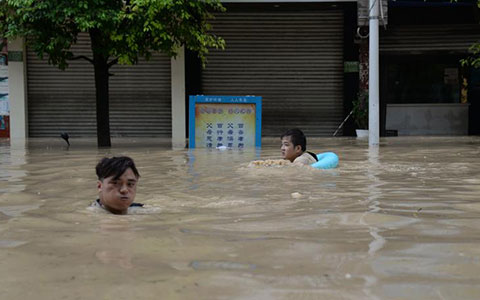
 Heavy downpour hits SW China
Heavy downpour hits SW China
Most Viewed
Editor's Picks

|

|

|

|

|

|
Today's Top News
China faults Japan's new security bills
Chinese national pleads guilty in Pennsylvania to test-taking scam
Web companies asked to support 'digital Silk Road': Zhanjiang forum
Risks growing for cybersecurity
Industries should be on digital Silk Road to expand market
Lengthy rehab expected for elder George Bush
UN Security Council to vote Monday on endorsing Iran deal
China's GDP grows by 7%
US Weekly

|

|


